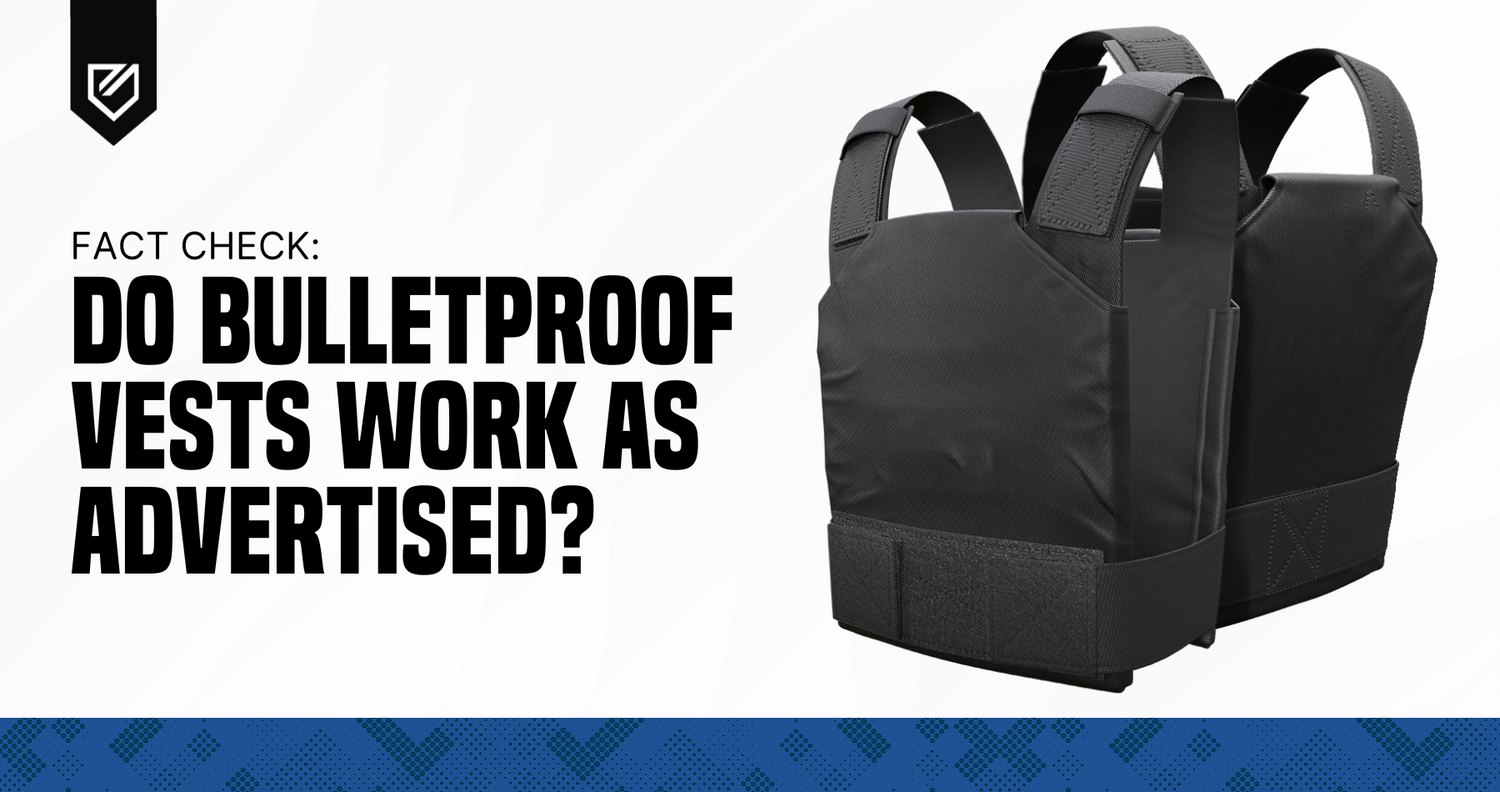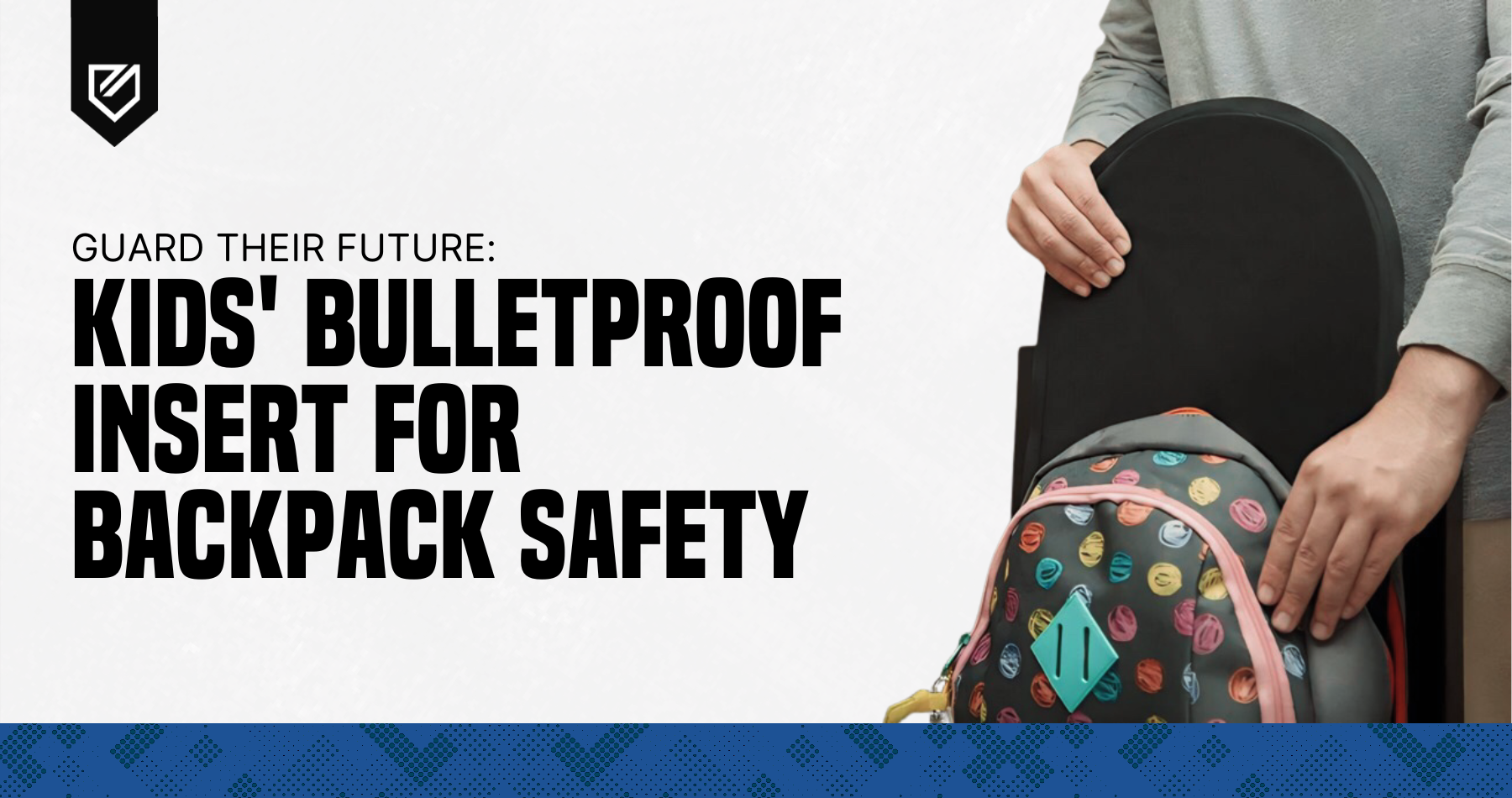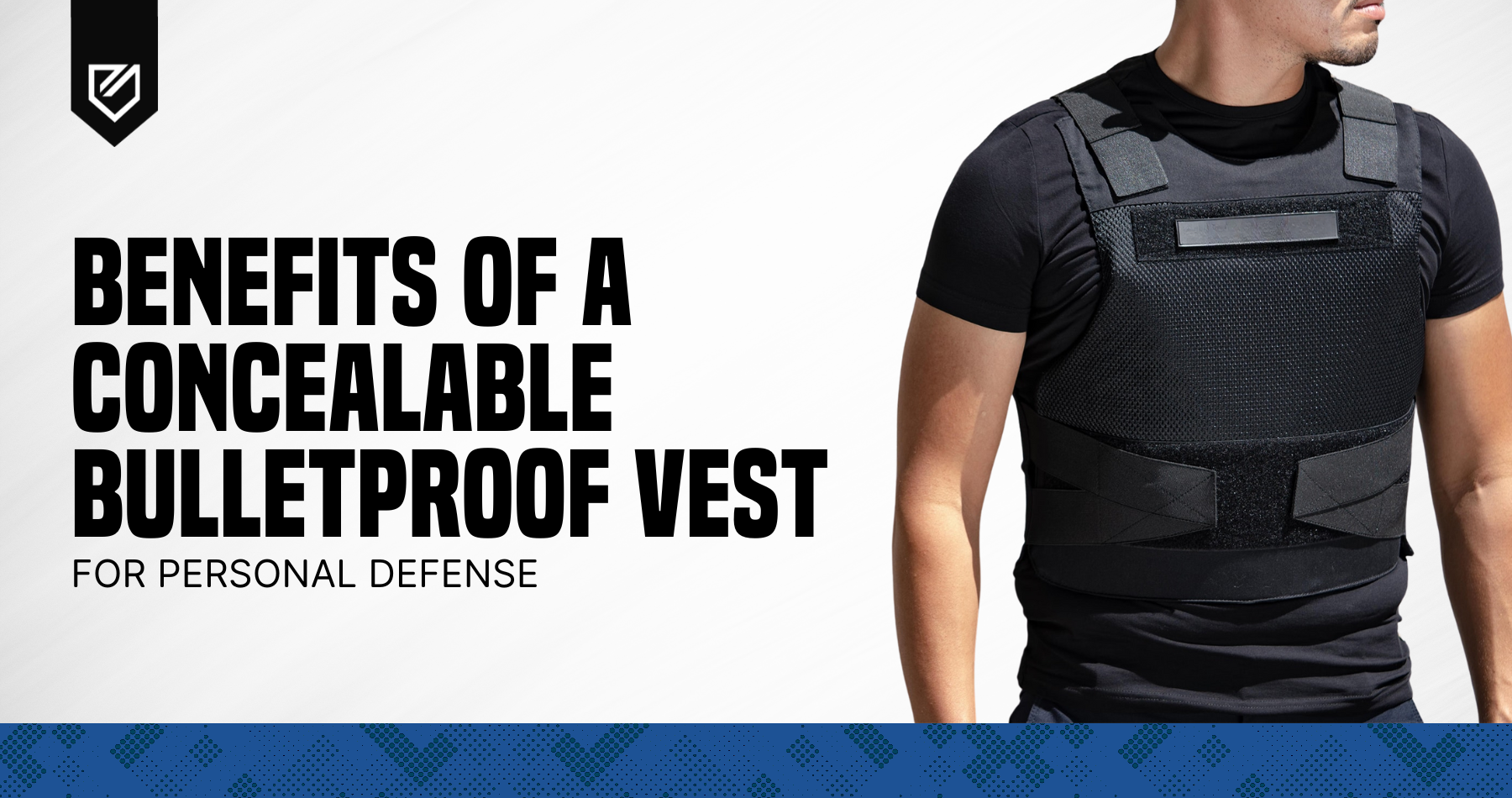People have constantly sought ways to protect themselves from the threats of their times, adapting their defenses as threats evolve. As weapons have become more advanced, so too have the means of protection. Among these innovations, the bulletproof vest stands out as an essential item in personal safety for many.
Wondering who actually wears these vests and why they matter? We're about to delve into the practicalities of bulletproof vests, highlighting who uses them and the kind of safety they provide.
HOW DO BULLETPROOF VESTS WORK?

Bulletproof vests, also known as "ballistic resistant" vests, are engineered to reduce the impact of bullets and similar threats. They do this by spreading out the bullet's force, slowing it down, redirecting the energy from its path, and changing its shape into something less harmful.
Such vests play a critical role in protecting the wearer's torso, which is often targeted by attackers for its size and the critical organs it houses. The odds of surviving a gunshot are significantly higher, but survival largely depends on avoiding injury to essential organs such as the heart, kidneys, liver, lungs, and major blood vessels. Damage to any of these organs can drastically decrease survival chances.
While these vests can't shield the brain, they do offer adequate protection for the other vital areas, enhancing a person's chances of survival in dangerous situations.
Before we explore further, let's look back at how ballistic vests came to be.
A BIT OF HISTORY
The development of bulletproof vests has seen significant advancements over the years, starting with the introduction of Kevlar.
- Invented in the 1960s by Stephanie Kwolek while working for DuPont.
- Marked a major breakthrough in the quest for high-performance fibers.
- Kevlar was initially utilized in a range of applications, including automotive and sailing, before its pivotal role in ballistic vests.
As technology progressed, the material of choice for bulletproof vests evolved to include polyethylene fiber, known for its presence in everyday items. Modern vests increasingly rely on polyethylene (PE) fibers because it offers a cost-effective, light and robust alternative to Kevlar, capable of making vests more accessible and durable.
The material advancement didn't stop with Kevlar and PE; the introduction of Spectra Shield marked another leap forward in vest material technology.
- Developed by AlliedSignal in 1989, aimed to compete with Kevlar.
- Made from polyethylene, Spectra Shield brought about vests that were lighter yet stronger.
- This innovation combined the benefits of Kevlar with the advanced properties of polyethylene, setting a new standard for bulletproof vests.
WHO BENEFITS FROM WEARING PROTECTIVE ARMOR?
Bulletproof vests play a crucial role in providing safety and protection across various professions and for personal use. Their application spans from military and law enforcement to civilian purposes, highlighting the diverse reasons behind their use.
Military Personnel
Members of the military are equipped with body armor tailored to withstand not just ballistic threats but also shrapnel from explosions. These vests are part of a comprehensive protection system that includes hard armor plates for enhanced defense in high-threat environments.
Law Enforcement and Security
Police officers and security personnel wear vests for a balance between ballistic armoring and mobility. Soft body armor is preferred, offering resistance against handguns while ensuring officers can move freely and remain discreet in their operations.
Correctional Officers
In the challenging environment of prisons and jails, correctional officers don vests designed that protect against both ballistic threats and improvised stabbing weapons, addressing the unique risks of their workplace.
First Responders
Emergency Medical Technicians (EMTs), firefighters, and other first responders have increasingly adopted bulletproof vests. The rise in gun and stab attacks has necessitated this shift, ensuring these vital workers are properly protected while responding to emergencies.
Armored Transport Workers
Armored transport workers, like a bank officer, are those transporting valuables or large sums of money wear ballistic gears as a precaution against robbery attempts, acknowledging the potential violence they may encounter.
Civilian Use
In the U.S., civilians are legally allowed to purchase protective equipment, with regulations varying by state. The motivation for civilian use includes:
- Personal Safety: Rising crime rates and the threat of mass shootings have led individuals to seek bullet-resistant equipment for a sense of security.
- High-Crime Areas: Living or working in areas with high rates of violent crime prompts the use of safety vest for protection against gun or knife attacks.
- Recreational Safety: Hunters and sport shooters sometimes wear body armor to protect against accidental shootings, especially when visibility is limited.
Not sure if you can buy a vest in your area? Check out the body armor laws for each state before purchasing.
Special Circumstances: High-Risk Convicts
Law enforcement may require certain high-profile criminals to wear bulletproof vests during transport as a measure to protect them against public attacks.
THE COMPOSITION OF A BULLETPROOF VEST
The inside of a vest has special layers designed to slow down bullets. These layers work to make sure the bullet moves slower than the speed of sound. This gives the vest's strong fibers time to catch and stop the bullet.
The more layers there are, or the tighter these layers are woven together properly, the stronger these fibers are. This strength means the fibers can stretch a bit without breaking, making them better at stopping bullets from penetrating through.
Bulletproof vests are available in two primary types of protection:
- Soft Body Armor: This variety is constructed from multiple layers of durable materials such as Kevlar, Twaron, or Dyneema. It offers flexibility, lightweight, and can easily be concealed under clothing. Typically, soft armor protects up to Level IIIA.
- Hard Body Armor: This type incorporates plates crafted from robust materials like AR500 steel or ceramics, exemplified by products such as the Spartan Armor Systems Hercules Level IV Ceramic Advanced Compound Curve Body Armor. Hard armor is designed to offer higher levels of protection against more potent threats.
So, are these vests effective? Indeed, ballistic vests are effective.
However, the term "effective" needs clarification.
Resistant, Not Impenetrable
The term "bulletproof" is a bit of a misnomer; it's more accurate to say bullet resistant.
Even when wearing a high-quality vest designed to stop a specific type of bullet, the wearer will still feel the impact. Being hit by a bullet can result in the wearer being knocked down, experiencing significant pain, suffering a severe bruise, and potentially sustaining internal damage.
Nonetheless, the likelihood of surviving such an encounter is greatly increased.
Assessing Bulletproof Vest Endurance
The capacity of a vest to withstand multiple hits varies by the type of armor:
- Soft Armor (e.g., Kevlar, Twaron, Dyneema): Generally, most vests are designed to stop one bullet. The structural integrity around the point of impact weakens, making it vulnerable to a subsequent shot in the same area.
- Ceramic Plate Armor: A single bullet impact typically fractures the plate, spreading the bullet's energy and breaking it into smaller fragments, which a soft armor layer can then catch.
- Polyethylene Plates: These plates can endure multiple hits, with some models tested to withstand hundreds of rounds before their ballistic resistance diminishes.
DETERMINING THE QUALITY OF A BULLETPROOF VEST
To assess the quality of a bulletproof vest, one critical aspect stands out:

NIJ Certification: The Benchmark for Body Armor Quality
When a bulletproof vest displays a certification from the National Institute of Justice (NIJ) on its ballistic package, it signifies the vest has undergone and passed stringent testing protocols. These tests are among the toughest in the industry, aiming to evaluate the vest's resistance against penetration by specific bullet types at designated velocities.
This certification results in an NIJ protection level rating, which clearly indicates the vest's proven capability to withstand certain threats.
Understanding NIJ Levels
Though we've delved into NIJ levels in depth elsewhere, here's a brief overview for context:
Consider wearing a Level IIA vest (currently the minimum protection level) and facing a 9mm bullet at a minimum speed of 332 m/s. A vest of this rating is designed to stop such bullets traveling before an impact, a benchmark true for all NIJ levels. Thus, wearing this vest significantly increases your chances of surviving a 9mm bullet hit.
Conversely, without the vest, the force of a 9mm striking a vital area could drastically lower survival chances.
However, a Level II vest isn't equipped to stop a .44 Magnum bullet; this scenario requires a Level IIIA vest or higher. Furthermore, only Level III or IV armor plates offer adequate defense against rifle bullets fired.
Selecting the Right Protection Level for Your Vest
When choosing a bulletproof vest, the foremost considerations should include:
- Opt for a vest that offers protection against your firearm, if you possess one.
- Choose a vest rated to defend against the most probable firearm threat you might face, be it from handguns or rifles.
DO I NEED A BULLETPROOF VEST?
Ballistic armors aren't only for people in high-risk jobs. The number of mass shootings in the world is rising, and there's nothing fun about walking around in fear for you or your loved one's safety.
ProtectAgainst’s collection features body armor ranging from vests and plate carriers to bags and clothing. Everything we offer is NIJ certified; we trust nothing less.
Do you wear a bulletproof vest? Tell us about it! Your feedback could help others make a decision. Plus, we like to hear how you're staying safe out there. And if you don't have a ballistic vest but are considering one, don't hesitate to contact us with your questions.




Leave a comment
This site is protected by hCaptcha and the hCaptcha Privacy Policy and Terms of Service apply.